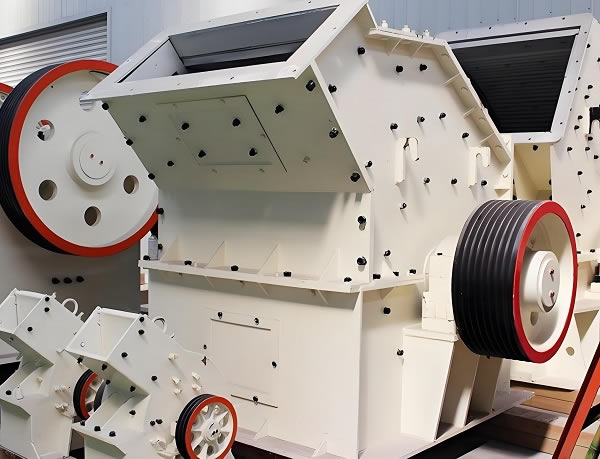
High-efficiency fine crusher is a kind of stone crushing and sand making equipment widely used in the industrial field. Zhongcheng's high-efficiency fine crusher has reached the international leading level in performance, with the characteristics of high efficiency, energy saving, stability and reliability. High-efficiency fine crusher is a kind of high-efficiency, energy-saving and practical stone crushing and sand making equipment, which has made important contributions to the development of many industries.
Abstract: High-efficiency fine crusher, also known as fine crusher, new fine crusher or third-generation sand making machine, is a fine crushing equipment widely used in many industries. Its performance has reached the international leading level and is one of the most effective, practical and reliable stone crushing machines. The following is a detailed introduction to high-efficiency fine crusher.
1. Performance characteristics of high-efficiency fine crusher
High-efficiency fine crusher stands out among many crushing equipment with its unique performance characteristics. Its main features include stable operation, large production capacity, long hammer life, energy saving and high return on investment. The equipment uses the action between the high-speed rotating hammer and the impact plate to crush and grind. The material is subjected to uniform impact and friction in the crushing chamber, thereby achieving high-efficiency fine crushing. In addition, the high-efficiency fine crusher also has the advantages of simple structure, simplified process and convenient maintenance, which enables it to maintain high stability and reliability in long-term operation.
2. Application scope of high-efficiency fine crusher
The application scope of high-efficiency fine crusher is very wide, especially suitable for fine and medium crushing of various hard and brittle materials such as abrasives, refractory materials, cement, quartz sand, steel sand, etc. In the industrial sectors such as building materials, fertilizers, mining and refractory materials, high-efficiency fine crushers play an important role. In addition, the equipment is also widely used in the production of high-quality stone in the industries of machine-made sand and gravel, high-grade highways, railways, water conservancy, airports, construction, cement, refractory materials, metallurgy, etc. High-efficiency fine crushers can not only process materials of various hardness and properties, such as granite, limestone, river pebbles, etc., but also adapt to different feed particle sizes and discharge requirements to meet the diverse needs of users.
3. Working principle of high-efficiency fine crusher
The working principle of high-efficiency fine crusher is relatively simple and efficient. The material enters the crusher cavity from the feed inlet and falls on the high-speed rotating active impact hammer. After the action between the hammer and the impact plate, the material is initially crushed. Subsequently, after the material is repeatedly hammered at a high frequency, it will form an accumulation on the middle partition and fall on the throwing plate of the high-speed rotating lower rotor. The material is thrown to the impact plate at high speed to enter the collision and fall, and is forcibly impacted, crushed and ground by the mobile plate hammer. Finally, it is discharged through the discharge port of the crusher to complete the entire fine crushing process.
4. Equipment structure of efficient fine crusher
The equipment structure of efficient fine crusher is relatively complex, but the design is reasonable and easy to disassemble and repair. The equipment is mainly composed of impact plate device, side liner, impact plate, front liner device, screen plate device and upper and lower shells. Among them, key components such as impact plate, liner and hammer head are made of materials with high wear resistance to extend the service life of the equipment. In addition, the box of efficient fine crusher is divided into upper and lower parts, connected by bolts, which is convenient for disassembly and maintenance.
5. Advantages and disadvantages of efficient fine crusher
The efficient fine crusher has significant advantages in crushing efficiency, product particle size, energy consumption and environmental protection performance. It has high crushing efficiency and can produce sand and gravel products with uniform particle size and regular shape. At the same time, the efficient fine crusher optimizes the crushing process in design, reduces unnecessary energy loss, and makes energy consumption relatively low. In addition, the equipment generates less dust during the crushing process, and is usually equipped with a dust removal device, which can effectively control dust emissions and meet environmental protection requirements.
There are also some disadvantages of high-efficiency fine crushers. For example, due to the limitations of the working principle, the equipment will generate a lot of noise during operation, which will cause unnecessary interference and impact on the surrounding environment and staff. In addition, if the material being processed is too large or too hard, it is easy to get stuck inside the machine and cause blockage, and it is necessary to stop the machine for cleaning before it can continue to be used. At the same time, the working intensity of the high-efficiency fine crusher is relatively high, and the internal parts of the machine are easily affected by wear and vibration, resulting in a relatively short equipment life and the need to frequently replace parts.
PS: High-efficiency fine crushers play an important role in many industries with their unique performance characteristics and a wide range of applications. Although there are some shortcomings, the use of this equipment will be safer and more efficient through scientific and reasonable measures to solve and improve them.
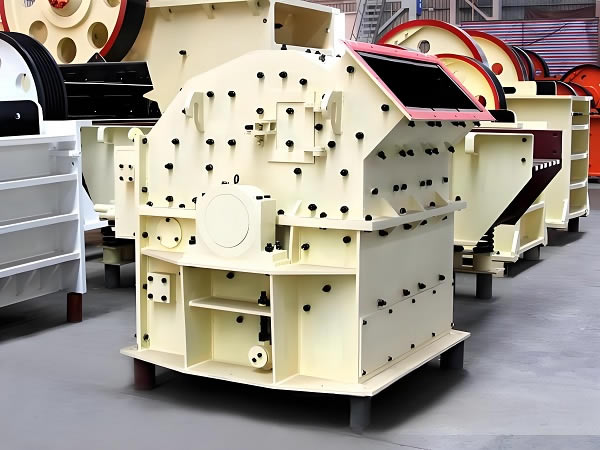
Detailed understanding of the technical parameters of different models of high-efficiency fine crushers, including feed particle size, discharge particle size, production capacity, etc.
Choose the appropriate equipment specifications based on your material characteristics and production requirements.
Choosing a well-known and reputable brand can ensure the quality of equipment and after-sales service.
Strive for more favorable prices while ensuring quality and after-sales service. Carefully read the contract terms to ensure that all verbal commitments are reflected in the contract.
If necessary, you can inquire with the manufacturer if they offer customized equipment services to meet specific production needs.
In summary, when choosing an efficient fine crusher, it is recommended to consider the above points comprehensively, and at the same time, contact several different manufacturers for comparison to choose the equipment that best suits your needs.
Advanced technology, can simplify processes, reduce investment, and achieve good sand making results.
Simple and reasonable structure, high-precision production assembly, and excellent wear-resistant parts ensure long-term and reliable operation of the equipment.
By adjusting the counterattack frame and grate plate, different high-quality gradations can be obtained.
Stable and reliable operating performance, small and uniform particle size, high production capacity, long hammer life, low matching power, transformation from three-stage crushing to two-stage crushing, simplified process, simple structure, and easy maintenance.
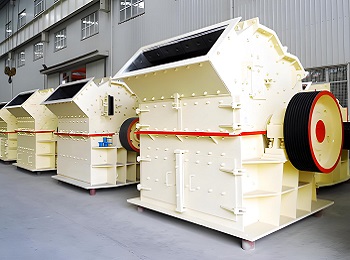
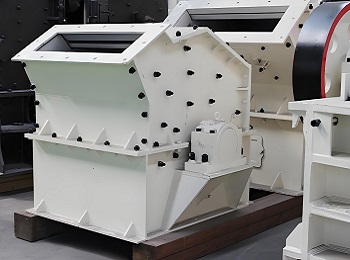
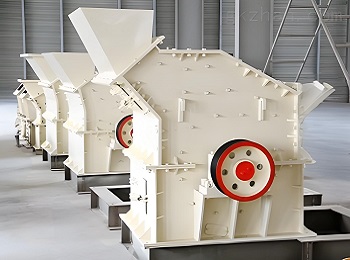
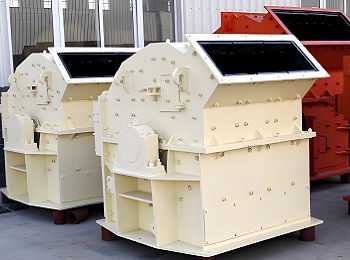
When the fine crusher is working, the third-generation sand making machine is driven by the motor, and the rotor rotates at high speed. The material enters a crushing chamber for crushing and collides with the plate hammer on the rotor for crushing. Then it enters the second fine crushing chamber for crushing and is discharged from the discharge port.
The advantages and characteristics of an efficient composite crusher are that the feeding hopper sequentially enters the chamber and falls onto the high-speed rotating movable striking hammer head. Through the interaction between the hammer and the counterattack plate, the material is initially crushed in the hammering zone. After multiple high-frequency repeated hammering and counterattacks, the material descends onto the middle partition, forming a pile up and sliding, falling onto the high-speed rotating lower rotor's feeding tray, and then being thrown into the counterattack plate at high speed for collision, falling, and forced to counterattack, break, and grind by a mobile plate hammer. Therefore, the material undergoes multiple composite crushing, scouring and grinding during its self weight falling process. Thus achieving an ultrafine effect.

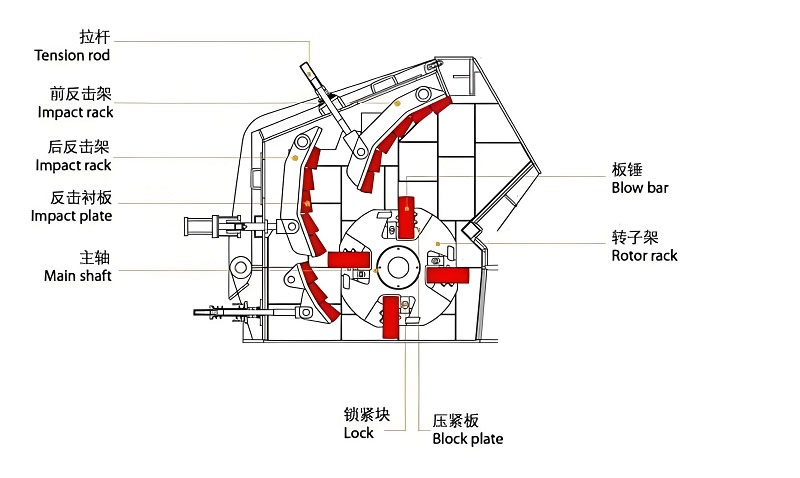
| Model | Feeder Opening Size(mm) | Feeding Size(mm) | Output Size(mm) | Capacity of Cement(t/h) | Capacity of Limestone(t/h) | Motor Power(kw) |
| ZHEC-0804 | 400X185 | < 120 | < 3(85%) | 20-30 | 35-45 | 45 |
| ZHEC-0806 | 500X250 | < 180 | 35-40 | 45-45 | 55 | |
| ZHEC-0808 | 550X330 | 35-45 | 55-65 | 55 | ||
| ZHEC-1010 | 1000X350 | 45-55 | 65-75 | 75 | ||
| ZHEC-1210 | 1200X400 | 50-100 | 80-100 | 110 | ||
| ZHEC-1212 | 1200X450 | < 5(85%) | 90-110 | 100-110 | 132 | |
| ZHEC-1414 | 1500X500 | < 190 | 100-150 | 100-150 | 160 | |
| ZHEC-1616 | 1600X550 | 170-210 | 190-250 | 250 | ||
| ZHEC-1818 | 1800X800 | 250-270 | 280-310 | 315 |
*The output will vary according to different materials, feed particle size and other factors.
Save Time! Get A Detailed Quotation Quickly.
